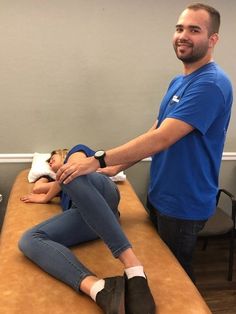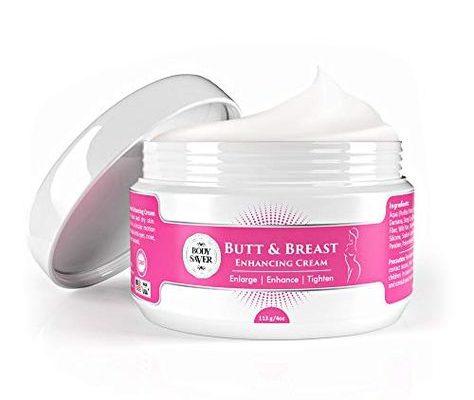6 Best Stretches and Exercises for Myofascial Pain Syndrome

Myofascial pain syndrome (MPS) is a chronic condition that affects the fascia (connective tissue that covers the muscles). People with MPS often experience persistent pain and tenderness in their muscles. However, specific stretches and exercises can help alleviate symptoms. Here are six of the best stretches and exercises recommended for managing myofascial pain syndrome:
1.Foam Rolling: Using a foam roller can help release muscle tightness and improve blood flow. Gently roll over tender spots in your muscles, pausing at points of significant discomfort for 30 seconds to 1 minute.
2.The Child’s Pose Stretch: This yoga pose stretches the back, hips, and thighs, promoting relaxation and relief from muscle tension. Kneel on the floor, sit back on your heels, and then lean forward, extending your arms out in front of you while resting your forehead on the floor.
3.Neck Stretches: To relieve neck tension associated with MPS, try gentle neck stretches by slowly bringing your chin towards your chest to stretch the back of the neck or looking up to stretch the front of the neck.
4.Shoulder Blade Squeeze: This exercise strengthens upper back muscles and can help improve posture, which is vital for minimizing myofascial pain. Sit or stand with good posture and simply squeeze your shoulder blades together as if trying to hold a pencil between them. Hold for 5-10 seconds and repeat several times.
5.Hip Flexor Stretch: Tight hip flexors can contribute to myofascial pain in the lower back. Stand in a lunge position with one foot forward and one back, then gently push your hips forward until you feel a stretch at the front of your hip on the leg that is behind you.
6.Piriformis Stretch: The piriformis muscle can affect sciatic nerve tension which may also impact myofascial pain. To stretch this muscle, lie on your back with both knees bent; place one ankle over the opposite knee and gently pull this knee towards your chest until you feel a stretch in your buttocks.
Remember to maintain each stretch for 20-30 seconds and to never push into pain; discomfort is normal but sharp pain is a sign to stop. Before starting any new exercise regimen for myofascial pain syndrome, it’s advisable to consult with a healthcare professional or physical therapist who can offer guidance based on individual health needs.






